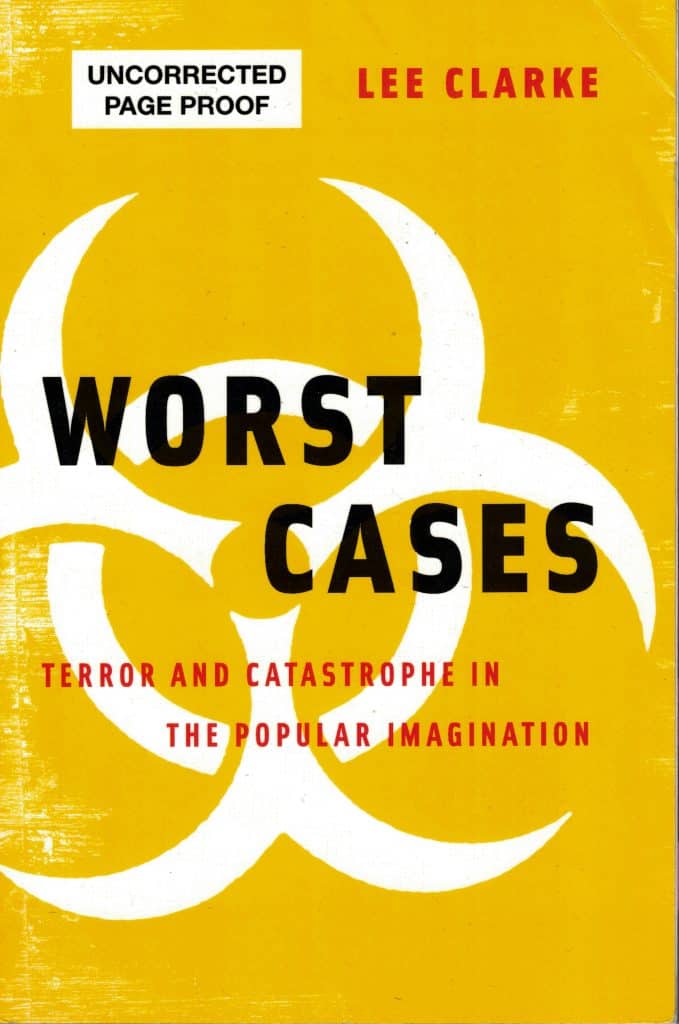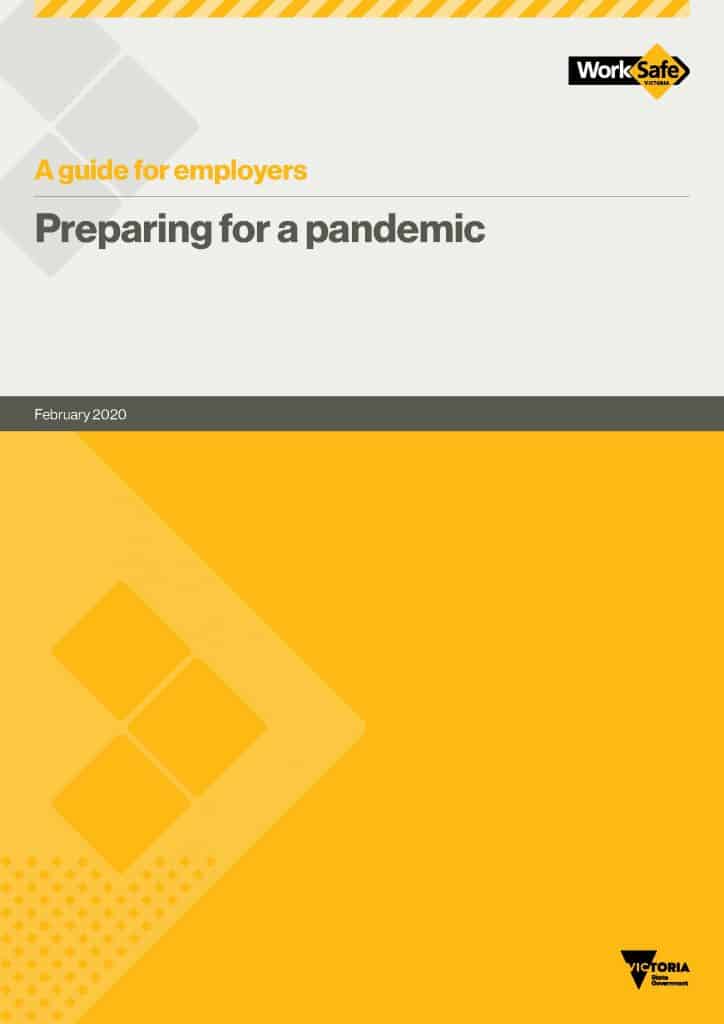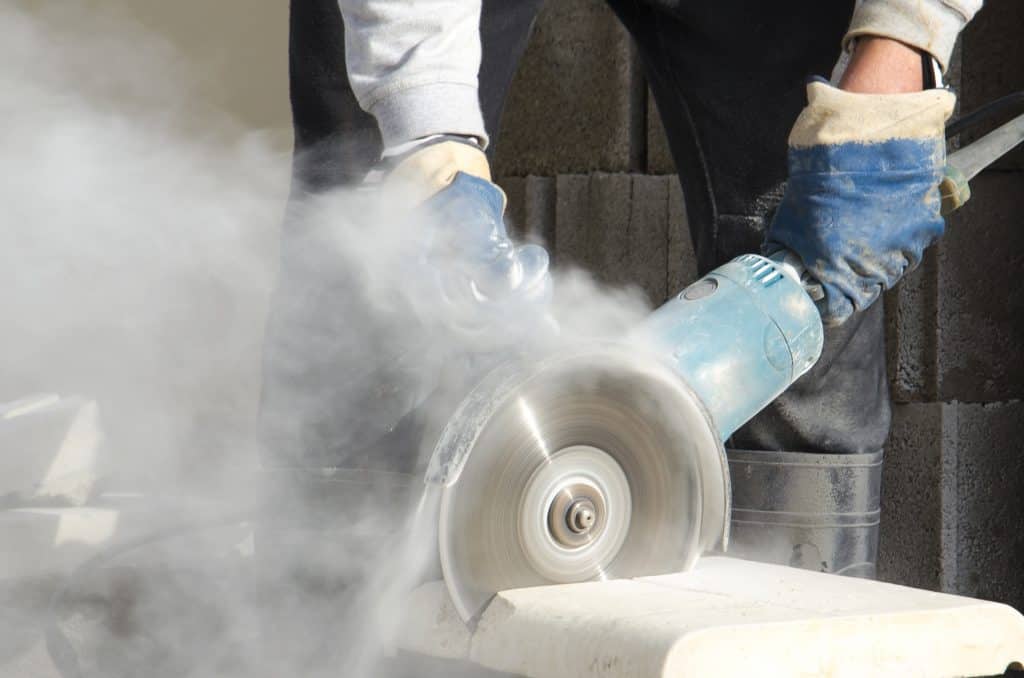
Almost twenty years ago, there was a surge in discussion and analysis about disaster preparedness, mainly, due to the terrorist attacks of September 11 2001 and the aftermath, especially the use of biological weapons. The risks of viruses was considered around that time but there was so much fear and multiple threats, real and perceived, that the preparedness for social harm and disruption due to naturally-occurring viruses was largely overlooked or neglected. However, in this time of COVID19 it is useful to remember that viral pandemics and preparedness were being discussed. Whether the discussions became actions, or should have, is a different discussion.
Professor Lee Clarke’s book “Worst Cases – Terror and Catastrophe in the Popular Imagination” provides a useful and pre-COVID19 lesson.



